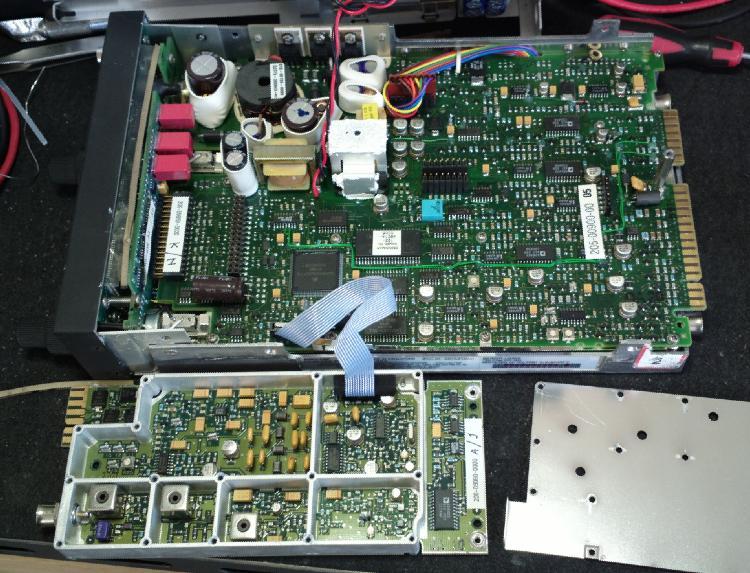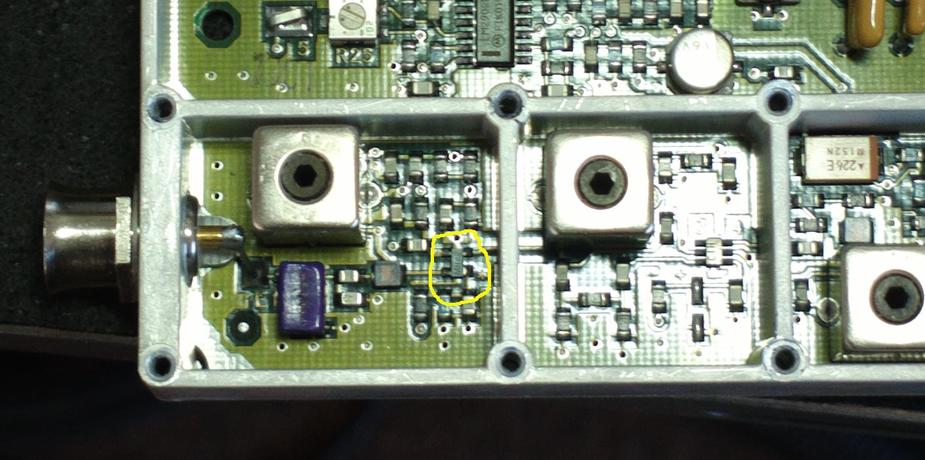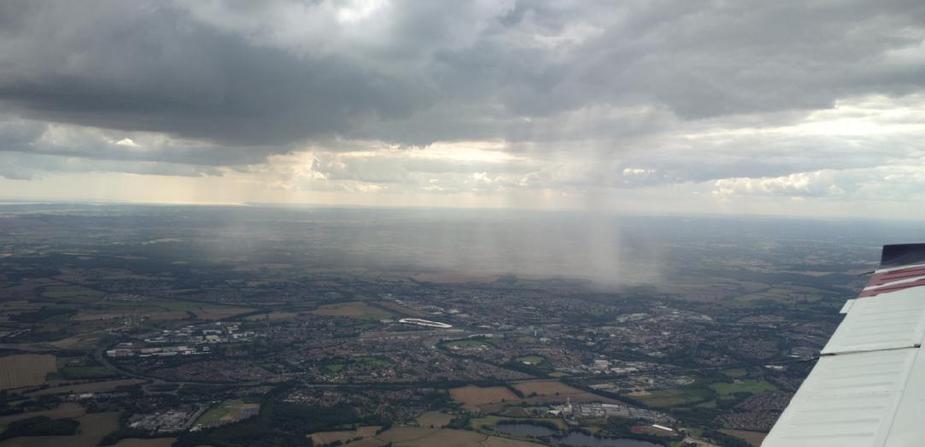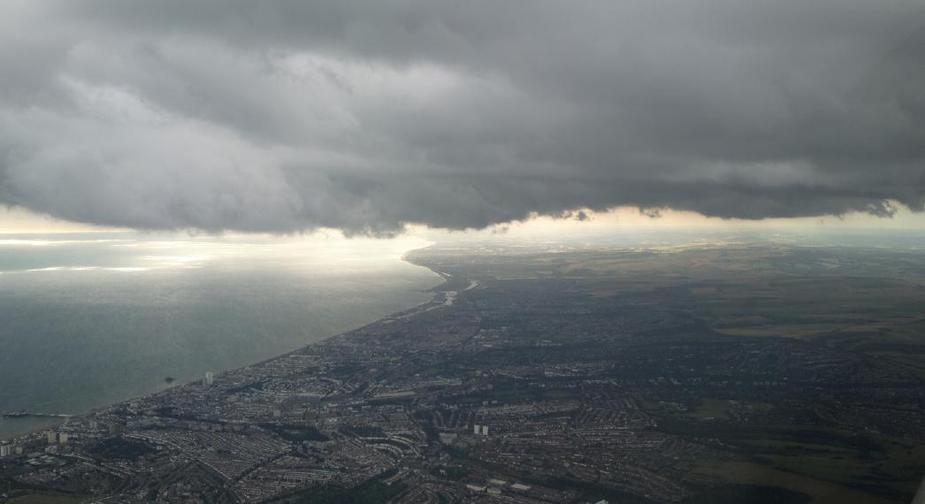Did you overfly another French military installation?
The LOC works with a direct connection down to about -110dBm which is probably about 5 electrons per second
Given that the data rate is about zero, this is actually quite insensitive. We can easily do below -130dBm at a couple 100 bit/s…
Those MOSFETs are only 41p each…
could you please quickly measure the DC operating point before exchanging the MOSFETs? out of interest…
Thank you.
OK I will ask them to do that. You mean the DC voltage on the gain control gate? With what input power?
The “new” (1991) BF996S is protected
So god knows how it could have got blown up…
I can’t see lightning doing it – far too much power and everything else works. Also one could fit BNC lightning arrestors…
DC voltage on all for pins (G1, G2, S, D) with power applied and no RF signal, with a simple high impedance (read digital) voltmeter
These dual gate MOSFETs have the protection diodes for ages. But these are fairly tiny diodes (to get the capacitance down), so don’t expect them to handle a lot of energy.
The IFR-4000 could do at least a VSWR sweep of the antenna as well. This is not the best method, but give some indications (will find incorrect tuned / broken rods) with it.
I can confirm Q6 was blown up in both cases, but differently 
No way to get the DC voltages, due to access.
One radio needed -30dBm and the other -23 dBm, to unflag.
I can confirm Q6 was blown up in both cases
Next time the MoD does that EMI exercise, stay away 
All working, bench tested (-99 and -100dBm for the flag on the two glideslopes), flight tested. It’s been a long day but at least I’ve had no downtime. Almost nobody repairs these things in the UK. IAE for example have closed down after the only guy there who knew “electronics” retired.
GS receiver is the bit at the bottom

The offending transistor

A bit of rain around the place

Offset ILS into EGMD
Shoreham is down there somewhere

Next time the MoD does that EMI exercise, stay away
The daft thing is that if this was lightning, you could easily just put in some coaxial (BNC) lightning protectors. But they won’t do anything for this. The telephone-style flash tubes might work; they flash over at about 50V, but the input circuit here won’t withstand 50V.
3 years later, same thing…
There are inline BNC limiters which are suitable for UHF and which are dead easy to install.
The interesting Q is what does this.
My bet is on ATC or military radar.
However an interesting angle is that any antenna sticking out of the airframe is also acting as a static wick. The spectrum of the discharge is going to be rather broadband. But if this was a problem, one would expect it to be widespread. Also the inductor L19 provides a DC path to ground, and this component is undamaged.
So what in the end was the reason for the flag GS to drop out, and how was the mosfet not working properly?